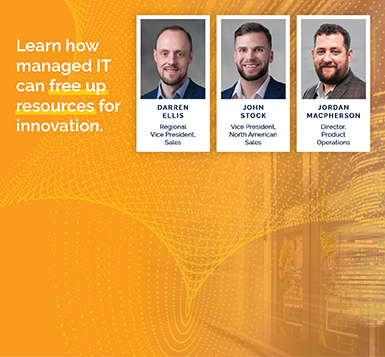Tech Services Strive for Environmental Sustainability
Park Place Hardware Maintenance
Green IT became a mainstream IT concern over a decade ago, focusing largely upon efforts to reduce carbon footprint without going so far as delivering total end-to-end sustainability with a zero-carbon overhead. Then, we spoke about technologies such as virtualization to reduce the number of physical machines drawing power, alongside long-term planning of new build smart data centers that would draw natural benefits from their surroundings. Since the signing of the 2015 Paris Agreement with its associated climate change targets, efforts for IT to become greener hastened further still. Disposable, chasing next-generation Information Tech seems to have had its day.
Instead, a highly sustainable IT cadence model achieved through leveraging and amplifying hardware and software technology already in place, with safe extensions of asset’s lifecycle, is gaining increased popularity. While the number one priority of sustainability for IT leads remains constant – to reduce the reliance of asset power consumption extracted from fossil fuels – some tech organizations appear to be driving, demonstrating and achieving carbon neutrality with less technology wastage far faster than others.
Are companies within the index driven by cultural desires from the top down to adopt sustainable technology and solutions for the workplace? Or is it pushed through government mandates and incentives? Most climate change academics accept it is difficult to attribute direct responsibility without acknowledging the dramatically shifting attitudes across society as a whole. Whatever the catalyst – and not forgetting nearly every nation on earth signed up to the Paris Agreement – most organizations now readily accept that they have social and moral responsibilities to reduce omissions and resources and are looking for tech providers to help them reach their goals. Sustainable tech stands to benefit boards, shareholders and employees alike on the journey to carbon neutrality.
Adoption of sustainable IT stems from making the right decisions on procurement, and both public and private organizations need increased clarity as to the actual power consumption demands that manifest behind heralded new technologies. Long-term assurances need to be provided that new innovations will fully materialize as sustainable alternatives. The world recently experienced how using crypto currency, widely purported as the sustainable alternate to physical cash, actually carries an unacceptably large overhead of intensive energy in production. In fact, 0.6% of all global electricity consumption is attributed to the production process of using compute-based complex mathematical calculations to mine each bitcoin.
COP26 in November 21 is set to be the most impactful and hard-line UN Climate Change conference to date, revitalizing agreements and increasing commitments to targets. IT is firmly set as one of the focus workstreams given this sector represents a significant part of the power user base inside organizations. In fact, IDC predict that by 2030, data centers will account for 10% of all global power requirements. So, which are the key likely focus areas of COP26 for IT and how can IT leads play their part? Obviously, the Internet of Things (IoT) will sit center stage in discussions, helping consumers and companies alike monitor and tweak remotely using IoT-enabled appliances to directly cut energy consumption. Lights, air conditioning and heating units will be obvious candidates for saving energy in the data center as well as within homes. Lifecycles of product usage in-situ can also be closely monitored remotely to alleviate unnecessary replacement earlier than needed. In the data center world, this is already being widely practiced. Here, specialist providers bring automation and intelligence into environmental infrastructure planning, holistically discovering idle or little used assets that can be re-assigned with differing workloads, often saving 20% of server power usage in the process. These providers also help IT leads confidently predict when End of Service Life (EoSL) on IT assets can be easily extended saving new purchases, depletion of precious irreplaceable materials and reducing landfill.
Evaluating how the attending nations at COP26 will keep track of success will also come from IT using results derived from big data and analytics. These mined data sets will provide regulatory bodies with the information they need to keep track of emissions and meet sustainability objectives.
Whatever the final outcomes of November’s summit, the IT industry faces stark and imminent choices to embrace environmental change in the fight to avert an otherwise certain climate disaster. The days of disposable tech are long gone from our infrastructures. Sustainable tech is here to stay.



